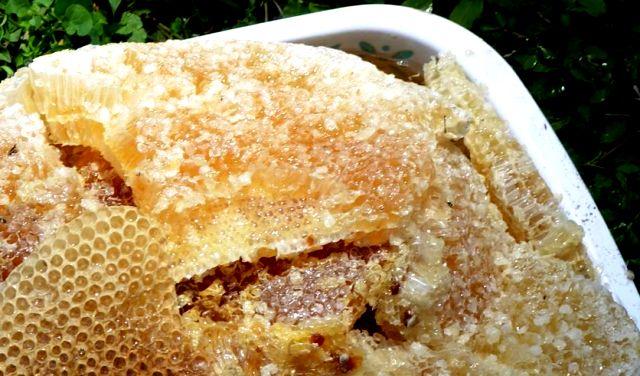
Ethiopian Honey: Fake or Real?
Honey is a great alternative to refined sugar which is merely a source of empty calories and generally bad for your overall health.
Honey on the other hand is a lovely ingredient produced by nature and can not only sweeten your life but it also has abundance in minerals, nutrients and living enzymes.
There are a lot of differences between real and fake honey that can be identified using only the naked eye by examining its physical properties.
Real honey is thick and trickles only into a stream. It has a soft texture that will never separate into layers and offers a uniquely sweet aroma.
Real raw honey, which is honey in its purest form, often leaves a slight tingling feeling or a mild burning sensation in your throat when taken.
But in order to enjoy the benefits of honey, you have to make sure that it is the real and pure kind before buying it.
The main problem associated with honey is finding the best quality in supermarkets. It is quite a challenge to find high-quality, pure honey.
Many companies easily cheat people into thinking their commercial honey mixed with glucose solution, high fructose corn syrup and other ingredients is the real thing.
Oft times when you open a jar of honey and hear a little pop sound, it could signal that the honey has been tampered with and a fermentation process may have taken place within.
The greatest quality of honey comes straight from honey bees and not commercial factories therefore reading the ingredients label would be a wise decision.
Words such as raw, natural, forest honey or organic indicate that the honey might be pure.
But, because food regulations are usually biased towards commercial entities, one can never be too sure and this may not be a foolproof way to check.
Here are some easy methods to help you exam the purity of the honey you purchased.

Six Tests to Check Your Honey
1. Thumb Exam
Place a little amount of honey on your thumb and check if it spills or spreads around like any other liquid.
If it does, most times it is an indication of fake honey. Real honey is thick while fake honey is runny.
Real honey sticks to the surface it is applied to and does not just drip away. Furthermore, the taste of fake honey may remain due to the sugar that was added.
2. Water Exam
Place a teaspoon of honey in a glass of water and watch the reaction.
Fake or mixed honey will dissolve in the water while real honey which has a more solid texture will settle right at the bottom of the glass as lumps.
3. Paper/Cloth Exam
Place a teaspoon of honey in blotting paper or a white cloth. If you pour real honey on the two, it will not get absorbed or leave stains.
4. Fire Exam
Real raw honey is flammable, therefore proceed with caution.
Take a dry matchstick and dip it in honey. Strike the matchstick alongside the matchbox.
If it lights, your honey is real. On the other hand, if it does not light, it was probably mixed and may also have some amount of moisture added during contamination.
5. Vinegar Exam
Mix a tablespoon of honey with a little water and two drops of vinegar. If this mixture foams up then there is a strong chance that the honey in question was mixed or fake.
6. Heat Exam
When applying heat to real raw honey, it will caramelize quickly and not create a foamy look. Fake honey on the other hand will not caramelize and will turn bubbly.
